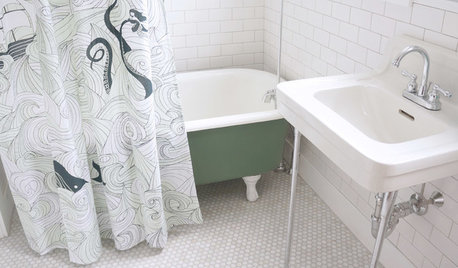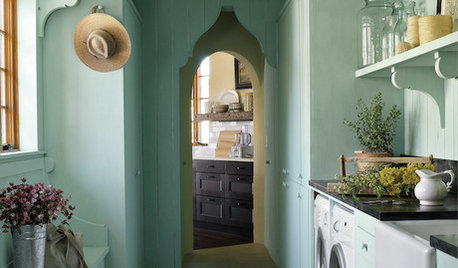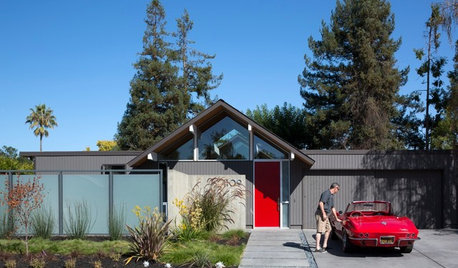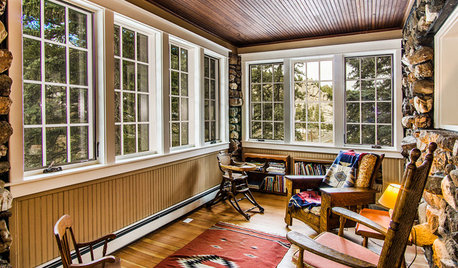house 4degrees for 5 days
sami46
15 years ago
Related Stories

BATHROOM MAKEOVERSRoom of the Day: See the Bathroom That Helped a House Sell in a Day
Sophisticated but sensitive bathroom upgrades help a century-old house move fast on the market
Full Story
ARCHITECTURE5 Ranch Homes With Modern-Day Appeal
See how the classic American ranch is being reinterpreted outside and in for today's design tastes
Full Story
ROOM OF THE DAYRoom of the Day: A Laundry So Cheery, Wash Day Is Wonderful
Pretty paint and playful touches banish chore-day blahs in a laundry room designed for a magazine’s Idea House
Full Story
ENTERTAININGParty On: 5 Decorating Touches for Jubilant Rooms Every Day
Why wait for a birthday? Hang cheery garlands, pom-poms and more for a festive outlook on even the most ordinary days
Full Story
ARCHITECTURE5 Midcentury Design Lessons for Modern-Day Living
The era’s simple and economical materials and open, energy-smart floor plans still have relevance today. See why
Full Story
ROOM OF THE DAYRoom of the Day: An 8-by-5-Foot Bathroom Gains Beauty and Space
Smart design details like niches and frameless glass help visually expand this average-size bathroom while adding character
Full Story
LIVING ROOMSRoom of the Day: Curiosities Bring Quick Intrigue to a Living Room
From blank box to captivating, exotic concoction, this room goes for the wow factor — and the whole house took just 4 days
Full Story
PORCHESRoom of the Day: A Colorado Porch for Year-Round Enjoyment
New windows, insulation and other upgrades turn this sun porch on a 1914 stone house into a 4-season room
Full Story
LIFEThe Moving-Day Survival Kit: Lifesaving Items and Niceties
Gather these must-haves in advance for a smooth move and more comfortable first days in your new home
Full Story
GLAM STYLERoom of the Day: Master Suite Recalls Hollywood’s Glamour Days
Silver-screen styling finds it way north to a Hollywood Regency-inspired bedroom in Toronto
Full StoryMore Discussions








tapla (mid-Michigan, USDA z5b-6a)
greenelbows1
Related Professionals
Clark Landscape Architects & Landscape Designers · Eden Prairie Landscape Architects & Landscape Designers · River Forest Landscape Architects & Landscape Designers · Wheeling Landscape Architects & Landscape Designers · Burien Landscape Contractors · Gloucester Landscape Contractors · Leicester Landscape Contractors · Middleton Landscape Contractors · Middletown Landscape Contractors · Muttontown Landscape Contractors · Oakland Landscape Contractors · Ponte Vedra Beach Landscape Contractors · Seminole Landscape Contractors · Streamwood Landscape Contractors · Chantilly Handymantapla (mid-Michigan, USDA z5b-6a)
Maryl (Okla. Zone 7a)
sami46Original Author
watergal